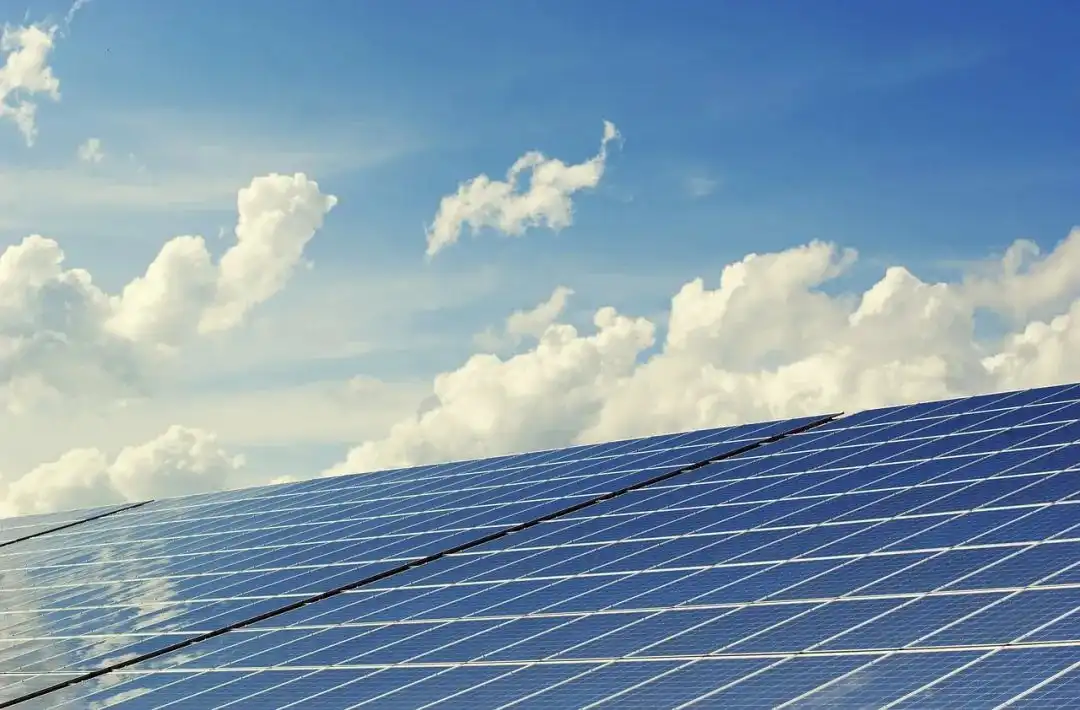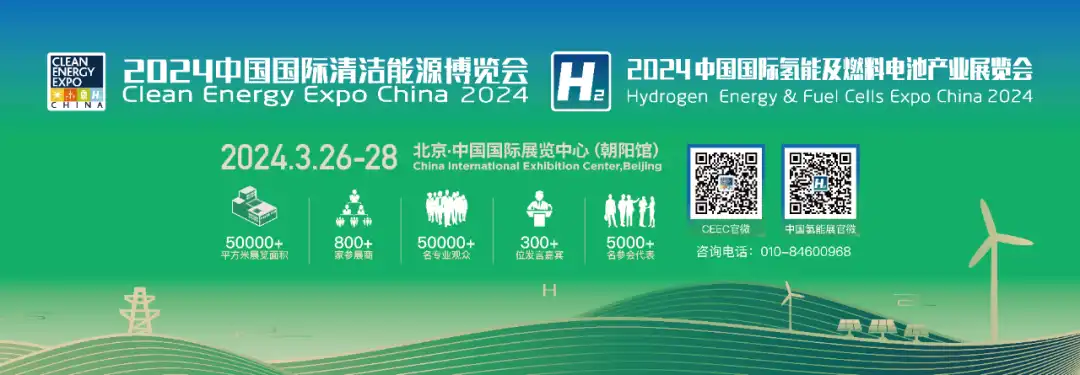Europe sets off a boom in floating photovoltaic construction
Currently, many European countries are accelerating the implementation of floating photovoltaic power generation projects. The European Photovoltaic Industry Association believes that the development prospects of floating photovoltaics in Europe are good and are expected to become the world's second largest floating photovoltaics market.

Recently, French floating photovoltaic company Ciel&Terre stated that its 11-megawatt floating photovoltaic power generation project in Saint-Savan in the French province of Vienne has basically completed civil engineering and is now entering the photovoltaic module installation stage. This means that the project is halfway through and is expected to be officially put into operation soon.
Currently, European countries are accelerating the implementation of floating photovoltaic power generation projects. Since the beginning of this year, Italy, the Netherlands and others have announced the start of the construction of floating photovoltaic power generation projects, with a planned installed capacity of more than 100 megawatts. The European Photovoltaic Industry Association believes that the development prospects of floating photovoltaics in Europe are good and are expected to become the world's second largest floating photovoltaics market.
increase support
Energy consulting firm Wood Mackenzie believes that floating photovoltaics are an important way to solve the contradiction between limited land resources and growing demand for photovoltaic power generation installed capacity in Europe.
欧洲各国国土面积相对较小,难以提供光伏发展所需的土地,而在越来越大的减排压力下,欧盟委员会一再调高光伏发电装机目标。根据欧盟委员会最新设定的“到2030年,光伏发电装机规模达到750吉瓦”的目标,从2024年起,欧盟国家每年支招需要新增年70吉瓦光伏发电装机,年化增速需保持在16%以上。为此, The European Commission has targeted floating photovoltaics and increased its support for floating photovoltaic power generation projects.
In early March this year, SolarDuck, a floating photovoltaic company jointly invested in the Netherlands and Norway, said that the company was participating in the research and development of supporting technologies for the "Maritime sunrise" floating photovoltaic power generation project. It is reported that the project has a total investment of approximately 8.4 million euros and has received EU funding. It is located on the west coast of the Netherlands and includes multiple megawatt-level commercial projects. SolarDuck will be responsible for providing a modular, integrated solution for floating photovoltaic power generation with a scale of 5 MW.
Industry media Offshore Energy wrote that the above project will provide reference for European countries to develop floating photovoltaic projects and can be regarded as a flagship project with a demonstration role.
Companies are pouring in
Kern Boggs, CEO of SolarDuck, pointed out that today, floating photovoltaics have become a new window for the development of Europe's renewable energy industry. Europe views floating photovoltaics as a unique opportunity to promote energy transformation, especially in European countries bordering the Mediterranean.
Under the guidance of policies and markets, enterprises have accelerated their participation in the market and multiple projects have begun to be implemented. Recently, SolarDuck signed a cooperation agreement with Italian renewable energy developer and Italian investment fund company Arrow Capital to invest in a floating photovoltaic project with a total installed capacity of 120 MW on the southern coast of Italy. It is understood that the project is still in the licensing approval stage and is expected to be put into commercial operation in 2028.

在荷兰海洋能源中心首席技术官西蒙·史塔克看来, The implementation of floating photovoltaic projects one by one will accelerate the realization of floating photovoltaic industrialization and commercial operations. During this period, cooperation between enterprises and institutions is expected to drive the progress and upgrading of relevant technologies and lay the foundation for the future development of the industry.
Up to now, many European companies have announced plans to develop floating photovoltaic power generation projects. The installed capacity of projects under construction has exceeded 200 MW, and the planned installed capacity is also 100 MW. The European Photovoltaic Industry Association believes that in recent years, the installed scale of floating photovoltaic power generation in Europe has continued to grow, with a positive trend, and is expected to contribute to the continuous expansion of the installed scale of photovoltaic power generation in Europe.
Obvious ecological benefits
Dris Ike, policy director of the European Photovoltaic Industry Association, pointed out that the development of floating photovoltaics can also alleviate the drought problem in Europe in recent years and play a role in protecting the ecosystem. It can be said to achieve multiple goals with one fell swoop. Not only offshore, reservoirs, lakes and other water surfaces have conditions for installing floating photovoltaic power generation systems. Taking the Alqueva Dam Reservoir in Portugal as an example, the National Electric Company of Portugal has installed 12,000 photovoltaic modules on the water surface of the reservoir, an area equivalent to 4 football fields. These components effectively prevent water surface evaporation, and the amount of water surface evaporation after installation is reduced by 42% compared with the previous one. At the same time, due to the cooling effect of water, the operating temperature of the components increases less than on land, which improves power generation efficiency by 10% to 15%.
Dris Ike added that there is evidence that floating photovoltaics also have a positive impact on the ecological environment of the installation site.
According to Groenleven, a Dutch photovoltaic company, after the 28-megawatt sand mining lake floating photovoltaic power generation project in eastern Netherlands, which it participated in, was put into operation, local teaching and research institutions conducted relevant investigations in the project waters. The survey results show that floating photovoltaics not only did not have a negative impact on animals and plants in lakes, but also increased the number of species in the waters, promoting the development of biodiversity. At the same time, floating photovoltaics weaken the impact of wind on the landforms on both sides of the lake, reduce water evaporation, are more conducive to the growth of vegetation, and help reduce erosion on both sides.
Dris Ike believes that in view of the many advantages of floating photovoltaics, we will continue to promote the construction of relevant mechanisms in the future, eliminate administrative obstacles, and protect the development of floating photovoltaics in Europe.

original title:Europe sets off a boom in floating photovoltaic construction

